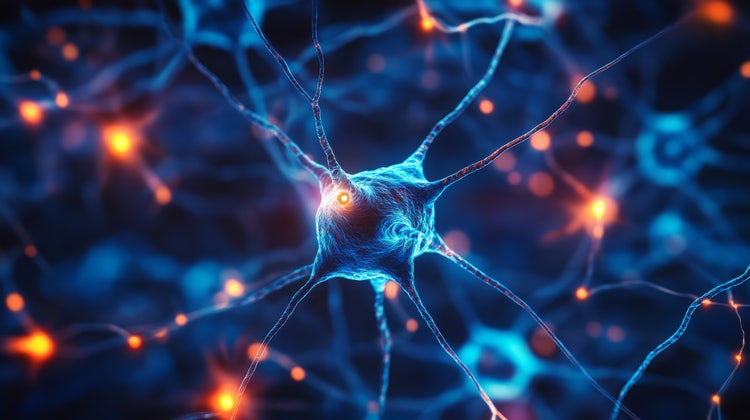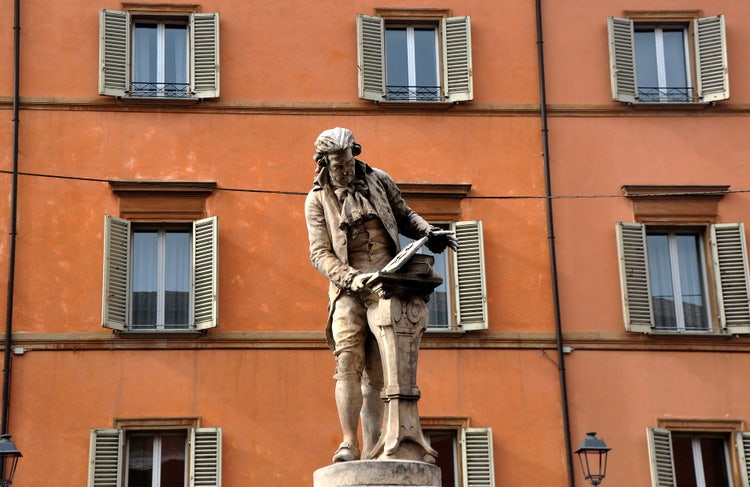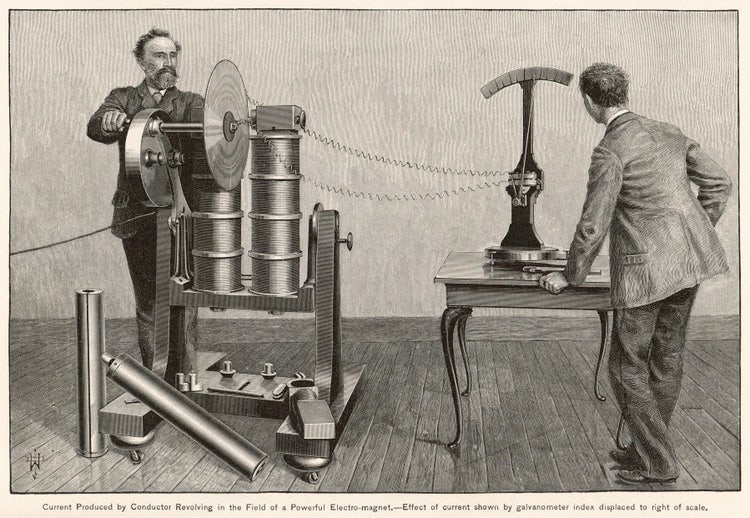
A Brief History of Patch-Clamping — Part 1: Laying the Groundwork for Electrophysiology
Electrophysiology has always been a field ahead of its time. As scientists today, we stand on the shoulders of centuries of insight, observation, and ingenuity—stretching from speculative mysticism to precise single-channel recordings. In this first installment of our series on the history of patch-clamp electrophysiology, we revisit the foundational experiments, missteps, and scientific leaps that brought us to the edge of our modern understanding of ionic currents and membrane potential.
The Early Theories: Sparks of Thought in Antiquity and the Enlightenment

In the 1600s, thinkers like René Descartes reimagined Galen’s pneuma as an “excellent flame” transmitted between brain and muscle. This crucial philosophical shift hinted at a physical (albeit undefined) mechanism for signal conduction. But it wasn’t until Jan Swammerdam’s pivotal experiments in 1665 that the field took its first empirical steps. Swammerdam refuted the hydraulic model of nerve function and laid the experimental groundwork for the bioelectric era by electrically and mechanically stimulating frog nerves and observing muscle contractions.
The Electric Age: Galvani, Volta, and the Birth of Animal Electricity

Galvani went further, proposing that water-filled channels on the surface of muscle fibers enabled this electrical excitation—a surprisingly prescient idea given today’s understanding of ion channels.
While Volta’s competing theory of contact electricity created a rift in the community, it only amplified interest in bioelectric phenomena. This duality—of competing ideas driving deeper inquiry—is something we still see in electrophysiology today.
Building the Tools: The Rise of Measurement in the 19th Century

The field leaped with Emil du Bois-Reymond, who recorded the first action potentials and introduced terms like electrotonus and negative Schwankung. His work revealed that surface potentials of muscles and nerves changed upon excitation, and he even hypothesized about ion-specific conductance changes, although ion channels had not yet been discovered.
The final unifying insight of the Century came from Julius Bernstein, who, with his differential rheotome, proved that the nerve impulse recorded by Helmholtz was the same phenomenon as du Bois-Reymond’s Schwankung. Bernstein’s quantitative recordings of resting and action potentials and his theory that resting potential arises from K⁺ selectivity provided the conceptual model that guided the 20th Century.
Looking Ahead
Generations of scientists laid the groundwork by moving from spiritual interpretations to measurable mechanisms. As they advanced from animal electricity to membrane theory, they transformed electrophysiology from philosophy into a rigorous science. In our next post, we’ll dive into the golden age of intracellular recording, the birth of the voltage clamp, and the experimental breakthroughs that ultimately led to the development of the patch-clamp technique as we know it today.
If you’re eager to explore more, download the comprehensive Axon Guide to Electrophysiology— an invaluable reference for seasoned patch-clampers and newcomers alike.
Stay tuned for Part 2: Building the Instrumentation: From Squid Axons to Gigaohm Seals.
References
- Verkhratsky, A. et al. From Galvani to patch clamp: the development of electrophysiology. Pflüg. Arch. Eur. J. Physiol. 453, 233–247 (2006).
- Cobb, M. Exorcizing the animal spirits: Jan Swammerdam on nerve function. Nat. Rev. Neurosci. 3, 395–400 (2002).
- Pearce, J. Emil Heinrich Du Bois-Reymond (1818–96). J. Neurol. Neurosurg. Psychiatry 71, 620 (2001).
- Seyfarth, E-A. Julius Bernstein (1839–1917): Pioneer neurobiologist and biophysicist. Biol. Cybern. 94, 2–8 (2005).